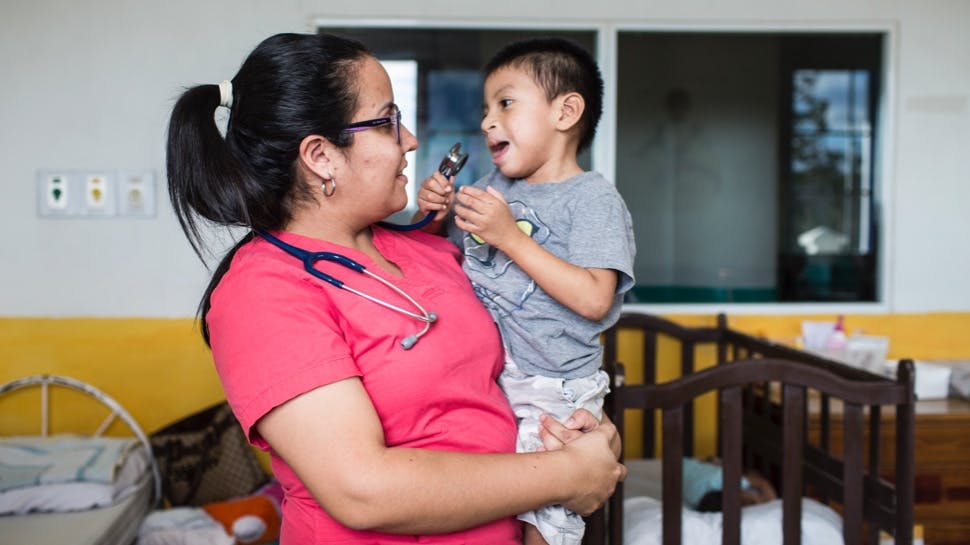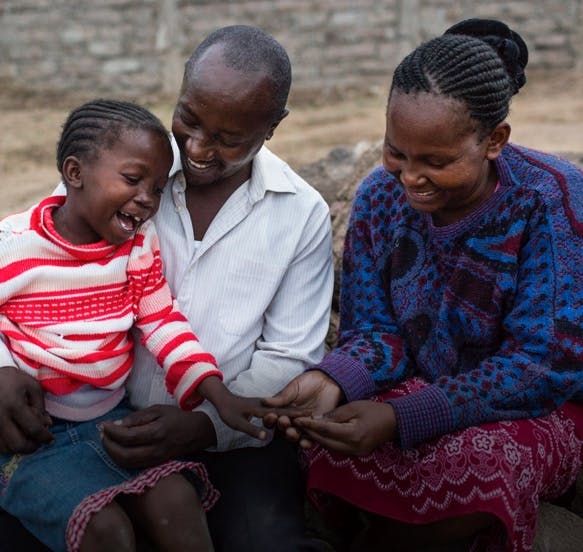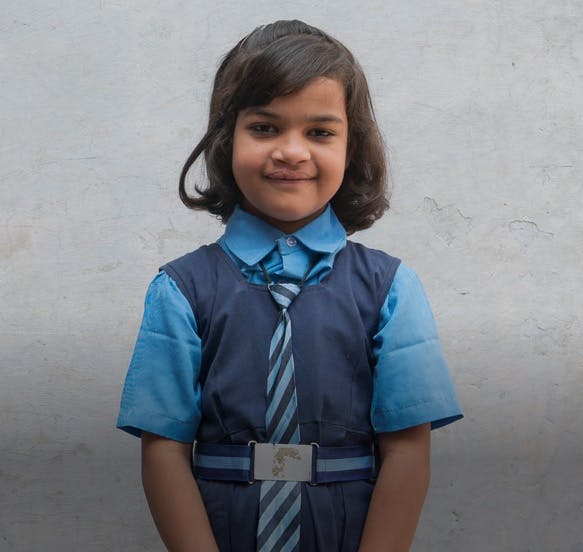Raise awareness
Cleft is a relatively common condition and when left untreated its impact can be devastating for both the child and their family. But cleft is also very treatable. Together, Haleon and Smile Train can transform the lives of children born with this condition.
What is cleft?
A cleft occurs when certain body parts and structures, such as the lip or roof of the mouth, do not fuse together during fetal development. Clefts are the main birth defect in many low- and middle-income countries, where many people are either unaware of a solution or unable to afford surgery.

How common are clefts?
Globally, 1 in 700 children are born with a cleft lip, palate or both. Some experts say that the highest cleft rates are among Asians (approximately 1 in 500 births). Caucasians have an average rate of 1 in 700 births, and individuals of African descent have the lowest incidence of approximately 1 in 1,200 births.
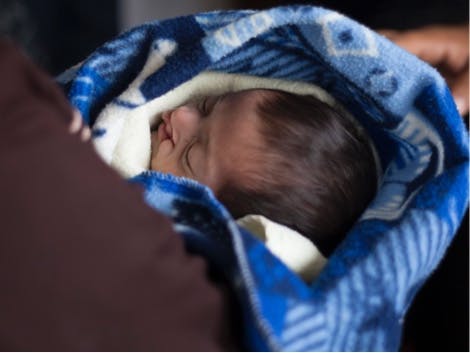
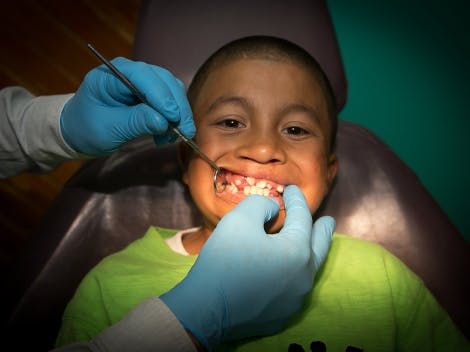
What are the causes of cleft lip and palate?
No one knows exactly, but most experts agree that many factors can cause cleft lip and/or palate. These can be genetic as well as environmental, such as drug and alcohol use, smoking, maternal illness, infections, or lack of folic acid. It is important to understand that parents do not control genetic factors and it is not a parent’s fault if their child has a cleft.
In most cases, the cause of a cleft lip and/or palate is unknown, but research is ongoing to better understand the condition.
How do untreated clefts affect children in low- and middle-income countries?
Children with untreated clefts often face serious social and physical difficulties. They are frequently isolated, excluded socially, unable to attend school or have the opportunity to get jobs later in life. Clefts can also cause complications with eating, breathing, hearing and speaking.
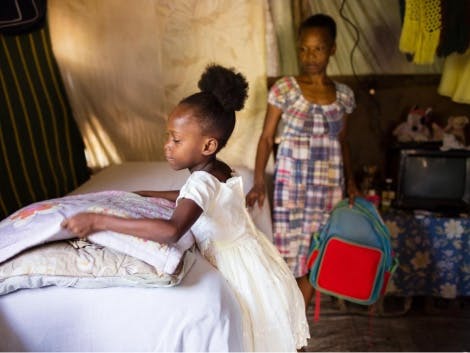
Can clefts be treated?
Reconstructive surgery for clefts has evolved over more than half a century and today’s techniques and procedures have come a long way. Most children with clefts undergo a series of surgeries as they grow up. Depending on the severity of the cleft and other factors, a child could undergo a number of surgeries during their first 20 years. A comprehensive cleft care team of medical experts should be involved in the treatment of a child with a cleft lip and/ or palate because the birth difference can affect their nutrition, speech, hearing, dental development, appearance and self-esteem.
Seeing such positive outcomes has made us even more committed to helping end the needless suffering of children and their families.
